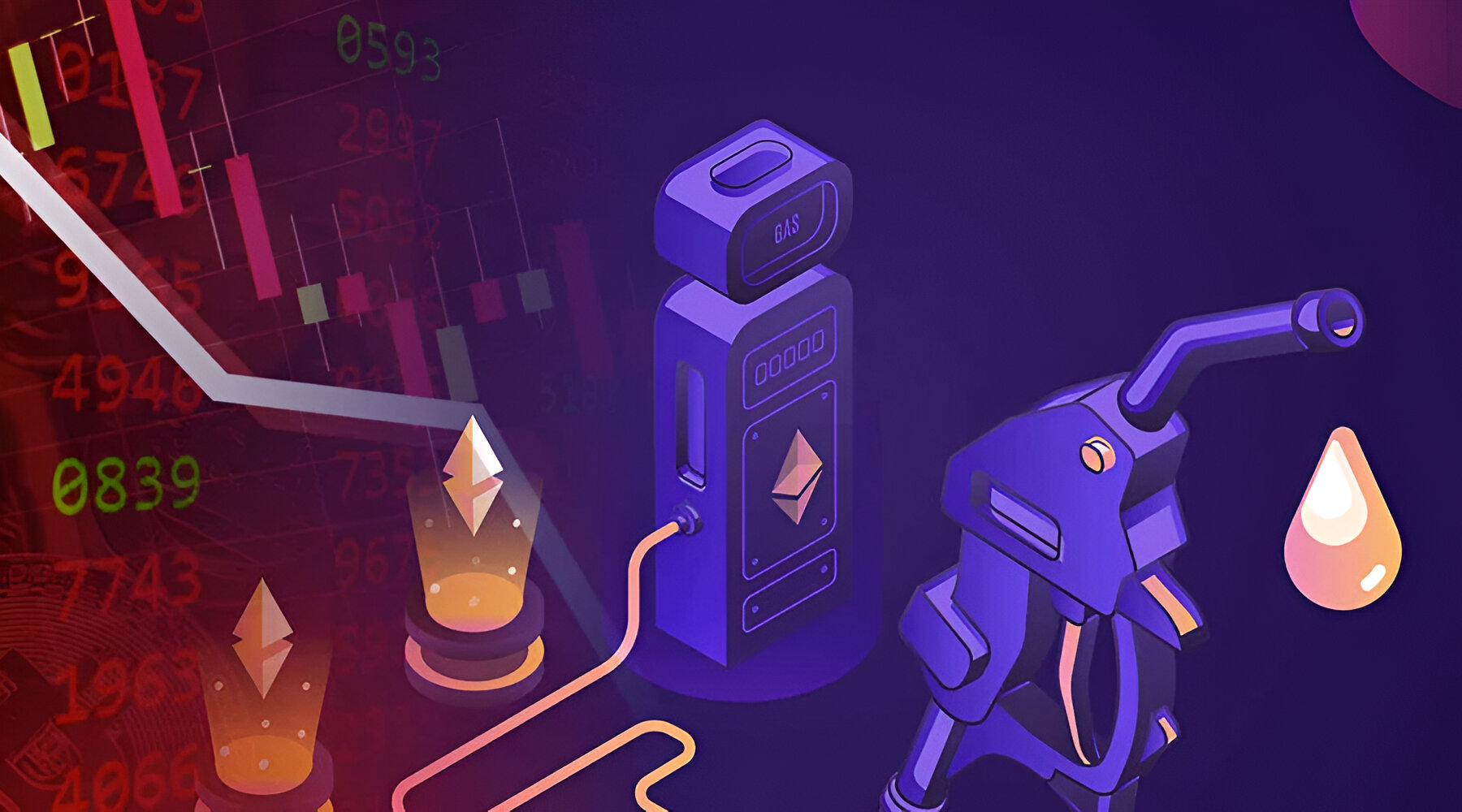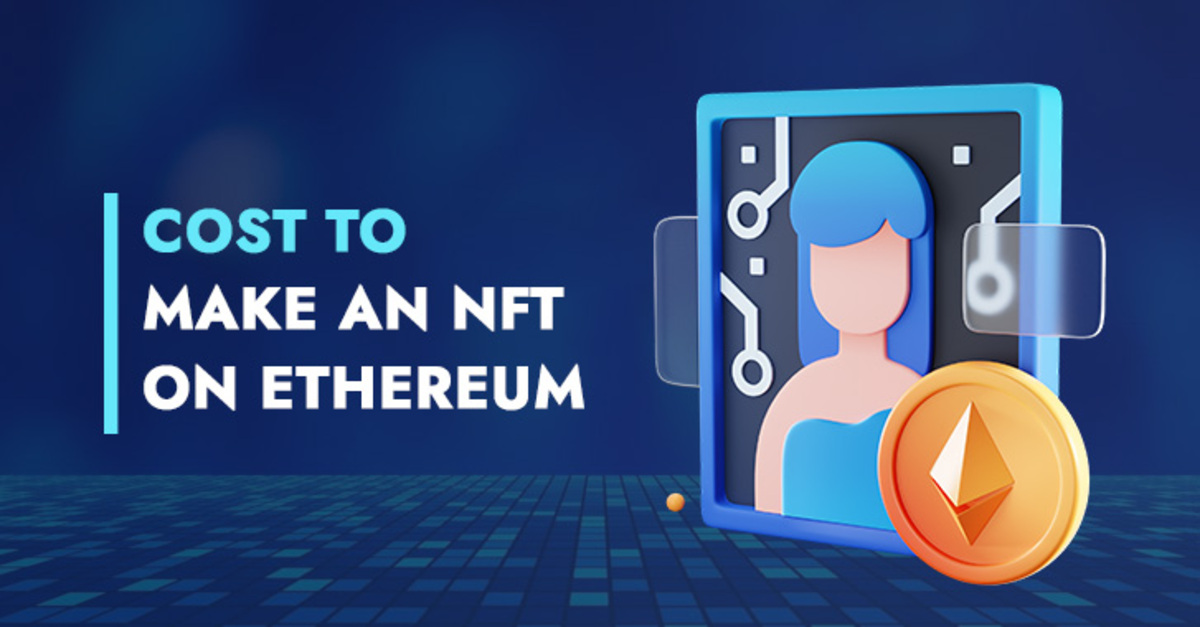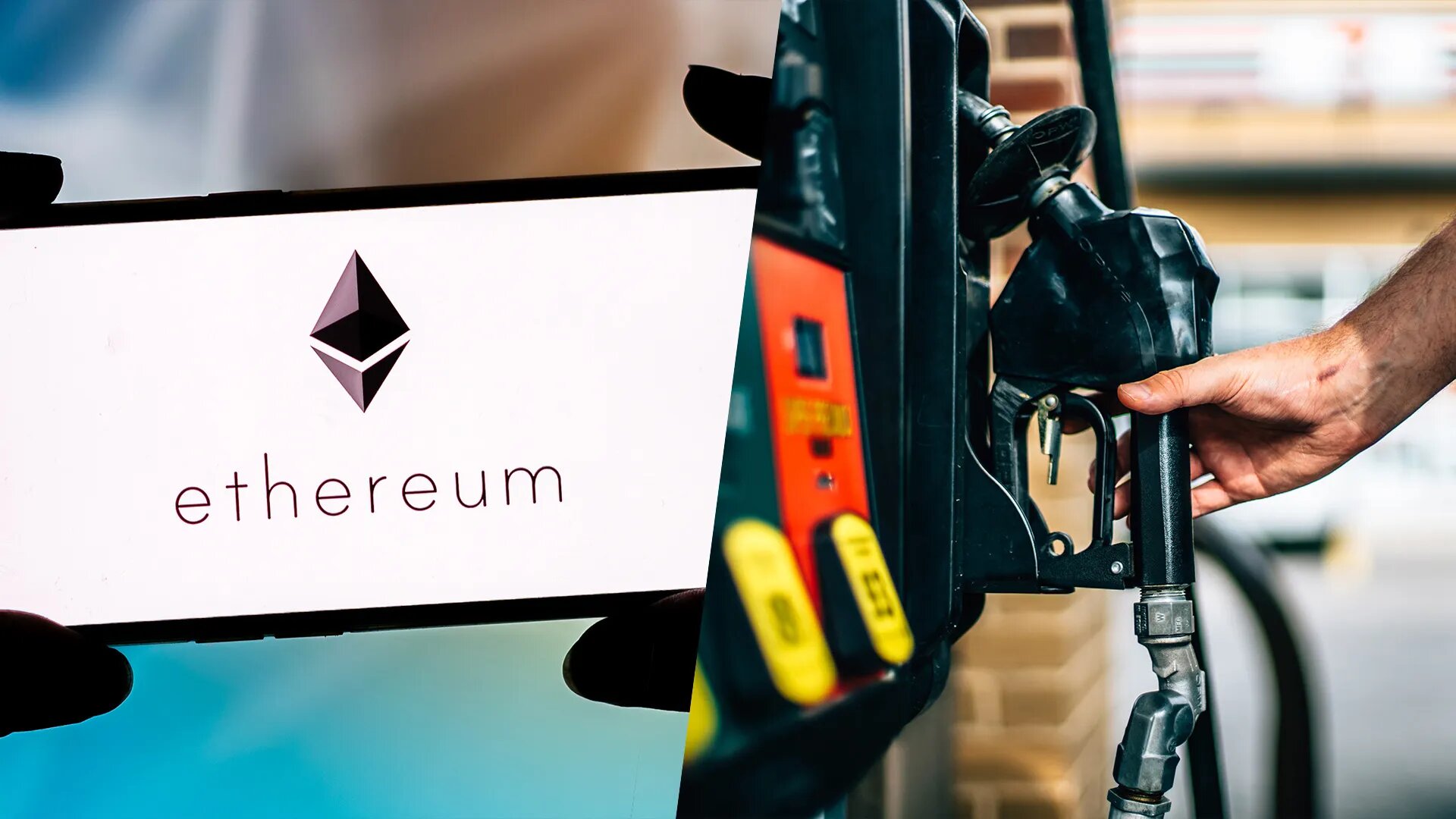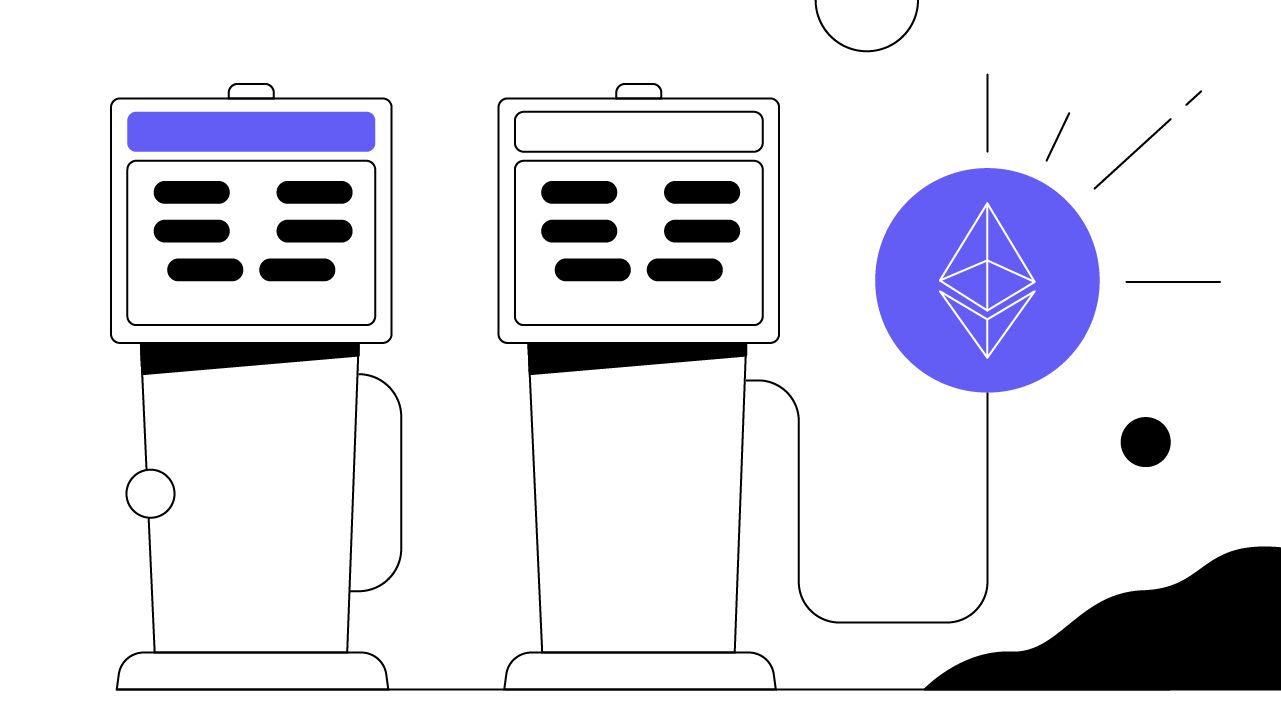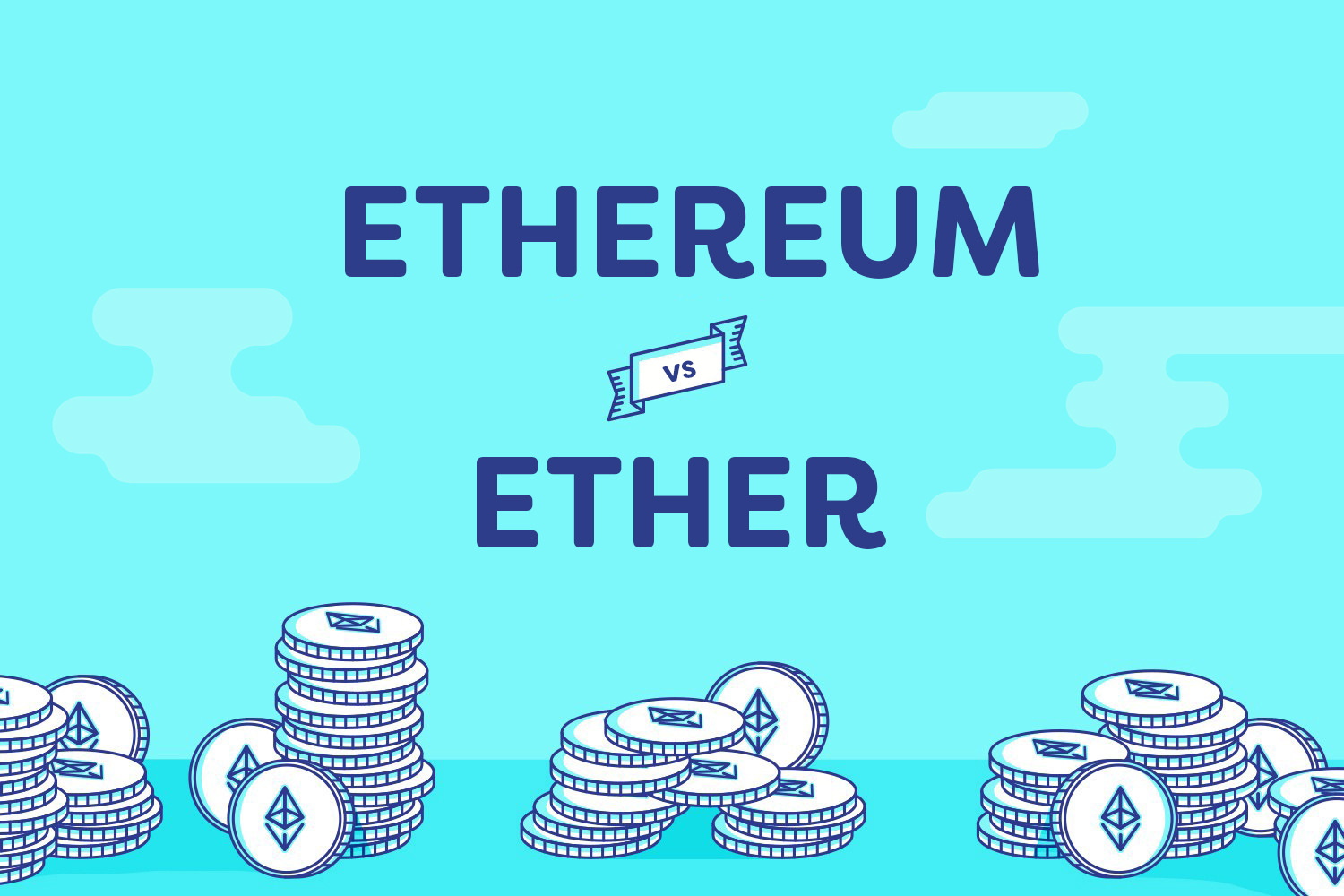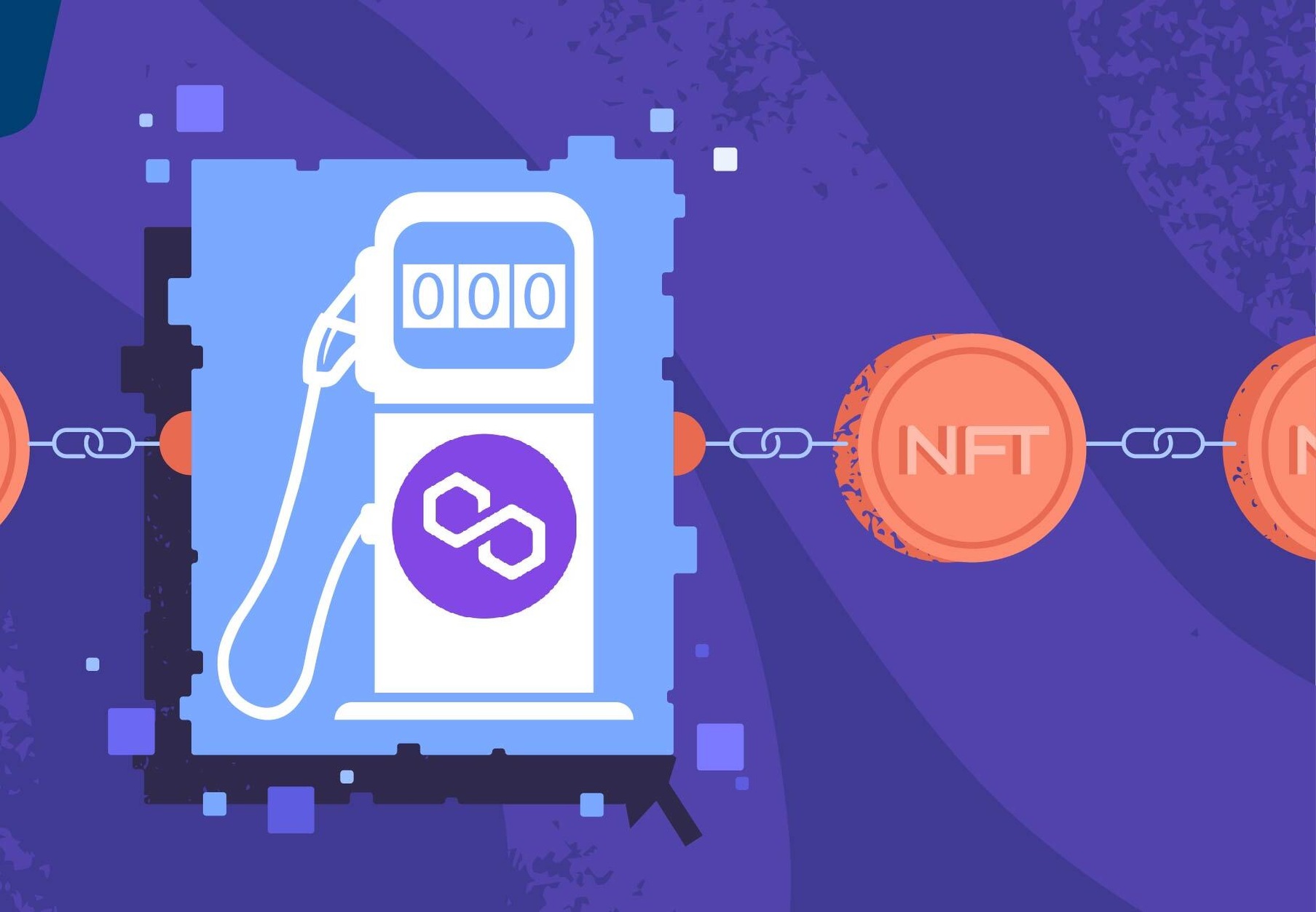Introduction
As the popularity of cryptocurrency continues to grow, Ethereum has emerged as one of the leading platforms for blockchain-based applications and smart contracts. However, one aspect that often puzzles Ethereum users is the concept of gas fees.
Gas fees are an integral part of the Ethereum network and play a crucial role in determining the cost and speed of executing transactions and smart contracts. Understanding how to calculate and manage gas fees is essential for optimizing your Ethereum experience.
In this article, we will dive into the world of Ethereum gas fees and explore the factors that affect their calculation. We will also provide a step-by-step guide on how to calculate gas fees and offer some valuable tips to minimize their impact on your transactions.
Whether you are a seasoned Ethereum user or a beginner exploring the world of cryptocurrencies, this guide will equip you with the knowledge to navigate gas fees effectively. So, let’s dive in and unravel the mysteries of Ethereum gas fees!
Understanding Ethereum Gas Fee
To grasp the concept of Ethereum gas fees, it’s essential to understand the underlying mechanism of the Ethereum network. Ethereum, unlike traditional centralized systems, relies on a decentralized network of computers called nodes to process transactions and execute smart contracts.
Gas fees, denominated in ether (ETH), are the charges imposed on users for utilizing the computational resources of the Ethereum network. These fees ensure the fair allocation of resources and act as a deterrent against spam, denial-of-service attacks, and inefficient code execution.
Gas fees are primarily used to measure the computational effort required to perform a specific task on the Ethereum network. Each operation, such as executing a transaction or running a smart contract, consumes a specified amount of gas.
Gas fees are crucial because they serve two essential functions:
- Resource Allocation: The gas fees incentivize miners who validate and include the transactions in a block. Miners prioritize transactions based on the fees attached to them. Higher gas fees mean that miners are more likely to include your transaction in the next block.
- Code Optimization: Gas fees act as a measurement to optimize the efficiency of the code used in smart contracts. Developers are encouraged to write contracts with minimal gas consumption to keep the costs lower for end-users.
Gas fees can fluctuate depending on the network’s congestion, demand for computational resources, and the complexity of the transactions or smart contracts being executed. During times of high network activity, gas fees may increase due to the limited supply of computational resources.
Understanding how gas fees are calculated and minimizing their impact is vital for managing your Ethereum transactions effectively. In the next sections, we will explore the factors that influence gas fees and provide a step-by-step guide on how to calculate them accurately.
Factors Affecting Ethereum Gas Fee
Several factors influence the calculation of Ethereum gas fees. Understanding these factors can help you better estimate and manage the costs associated with your transactions and smart contracts. Here are the key factors affecting Ethereum gas fees:
- Network Congestion: The level of network congestion directly impacts gas fees. During periods of high activity on the Ethereum network, more transactions compete for limited computational resources, driving up gas fees.
- Gas Price: Gas price refers to the amount of ether (ETH) you are willing to pay per unit of gas. When you set a higher gas price, miners are more incentivized to include your transaction in the next block. Conversely, a lower gas price might result in delays or your transaction being left pending.
- Gas Limit: The gas limit represents the maximum amount of gas you are willing to pay for a transaction or smart contract execution. Complex transactions or high-demand smart contracts may require a higher gas limit to ensure successful execution.
- Code Complexity: The complexity of the transaction or smart contract code directly affects gas fees. A more intricate code requires more computational resources to execute, resulting in higher gas fees.
- Data Storage: If your transaction or smart contract requires storing data on the Ethereum network, it will incur additional gas fees. The amount of data being stored influences the gas cost, so optimizing data storage can help reduce fees.
- Smart Contract Interactions: Interacting with existing smart contracts can also impact gas fees. If your transaction involves calling multiple smart contracts or executing complex operations within a contract, it will consume more gas and incur higher fees.
It is crucial to consider these factors before initiating a transaction or deploying a smart contract on the Ethereum network. By understanding the variables at play, you can make informed decisions that optimize gas fees and ensure efficient execution.
Now that we have explored the factors that influence Ethereum gas fees, let’s dive into the step-by-step process of calculating gas fees accurately in the next section.
How Gas Fee is Calculated
The calculation of Ethereum gas fees involves two main components: gas price and gas limit. Understanding how these elements interact is crucial for accurately estimating the cost of your transactions and smart contract executions.
Gas Price: The gas price is denoted in gwei, which is a subunit of ether (ETH). It represents the amount of ether you are willing to pay per unit of gas. To calculate your gas fee, you need to determine the total units of gas required for your transaction or smart contract execution and multiply it by the gas price.
Gas Limit: The gas limit represents the maximum amount of gas you are willing to pay for a particular transaction or smart contract execution. It acts as a safeguard to limit the potential gas cost, preventing transactions from consuming excessive resources. The gas limit needs to be set higher than the estimated gas consumption for successful execution.
The formula to calculate the gas fee is as follows:
Gas Fee = Gas Price (in gwei) x Gas Limit
For example, if the gas price is set at 20 gwei and the gas limit is set at 100,000 units, the gas fee would be:
Gas Fee = 20 gwei x 100,000 units = 2,000,000 gwei
It’s important to note that gas fees are paid in ether (ETH), but they are denominated in gwei. To convert gwei to ether for a more relatable unit, divide the gas fee by 1,000,000,000. In the example above, the gas fee in ether would be 2 ETH.
It’s worth mentioning that if your transaction fails or is reverted due to an error or insufficient gas, you will still be charged for the gas consumed up until that point. This is because the computational resources were utilized, and the miners need to be compensated for their effort.
Now that you understand how gas fees are calculated, let’s move ahead and explore a step-by-step guide to accurately calculate Ethereum gas fees.
Step-by-Step Guide to Calculate Ethereum Gas Fee
Calculating Ethereum gas fees can seem daunting, but with a step-by-step approach, it becomes much easier to estimate the cost of your transactions and smart contract executions. Here’s a guide to help you calculate Ethereum gas fees accurately:
- Define your gas price: Determine the gas price you are willing to pay per unit of gas. This will depend on the current network conditions and your urgency to have the transaction included in a block. You can refer to popular Ethereum gas price trackers to get an estimate of the current average gas prices.
- Estimate gas limit: Evaluate the complexity of your transaction or smart contract execution to estimate the gas limit required. You can use tools like Metamask or other Ethereum wallets to get a rough estimation of the gas limit based on the specific functions you are using.
- Calculate the gas fee: Multiply the gas price (in gwei) by the gas limit (in units). The result will be the gas fee in gwei.
- Convert to ether: If desired, convert the gas fee from gwei to ether by dividing it by 1,000,000,000. This will give you a more relatable unit for referencing the gas fee.
- Consider network conditions: Keep in mind that gas fees can vary based on the current level of network congestion. It’s advisable to monitor the gas fees and network conditions periodically to adjust your gas price accordingly.
- Optimize gas consumption: Minimize the gas consumption of your transactions and smart contracts by optimizing your code and reducing unnecessary operations. This can help lower gas fees and improve the efficiency of your interactions with the Ethereum network.
By following these steps, you can calculate Ethereum gas fees accurately and make informed decisions when initiating transactions or deploying smart contracts. It’s important to note that gas fees can fluctuate, so it’s advisable to keep an eye on the current gas prices and adjust your calculations accordingly.
Now that you have the tools to calculate gas fees, let’s explore some tips to minimize the impact of gas fees on your Ethereum transactions.
Tips to Minimize Gas Fee
Gas fees on the Ethereum network can add up, especially during periods of high network activity. Minimizing the impact of gas fees is essential for optimizing your Ethereum transactions and smart contract executions. Here are some tips to help you reduce gas fees:
- Gas Price Optimization: Keep an eye on the current gas prices and adjust your gas price accordingly. Aim for a competitive price that offers a good chance of your transaction being included in the next block without overpaying.
- Code Optimization: Write efficient and streamlined code for your smart contracts to minimize gas consumption. Use appropriate data structures, avoid unnecessary loops, and optimize complex operations to reduce gas fees.
- Gas Limit Adjustment: Accurately estimate the gas limit required for your transactions and smart contracts. Setting it too high can result in unnecessary fee expenditure, while setting it too low may cause your transaction to fail. Use tools and simulators to estimate the gas consumption and adjust accordingly.
- Batch Transactions: If you have multiple transactions to execute, consider bundling them into a single transaction. Combining several transactions into one can significantly save on gas fees, as you will only need to pay for the gas required for one transaction instead of multiple.
- Gas Token Usage: Gas tokens, such as CHI or GST2, can be used to pre-purchase gas at a lower price during periods of low network activity. When gas prices rise, you can use the pre-purchased gas tokens to offset the higher fees, effectively reducing the overall cost.
- Gas Estimation: Use gas estimation tools or simulators to get a better understanding of the gas consumption for your transactions and smart contracts before executing them. This can help you make adjustments and avoid unexpected high gas fees.
- Monitor Network Activity: Stay informed about the current network congestion and gas prices. Avoid executing transactions during peak congestion periods, as it can result in significantly higher gas fees. Wait for calmer network conditions to minimize costs.
By following these tips, you can reduce the impact of gas fees on your Ethereum transactions and make the most out of your interactions with the Ethereum network.
Now that you have a better understanding of gas fee optimization, let’s wrap up this guide on Ethereum gas fees.
Conclusion
Ethereum gas fees are an integral part of the Ethereum network, determining the cost and speed of transactions and smart contract executions. Understanding how to calculate and manage gas fees is essential for navigating the world of Ethereum effectively.
In this guide, we explored the concept of Ethereum gas fees and the factors that affect their calculation. We discussed how gas fees serve the purpose of resource allocation and code optimization within the Ethereum network.
We also provided a step-by-step guide on how to calculate gas fees accurately, considering the gas price and gas limit. By following this guide, you can estimate the cost of your transactions and smart contract executions more precisely.
Additionally, we offered tips to minimize gas fees, including gas price optimization, code optimization, gas limit adjustment, batch transactions, gas token usage, gas estimation, and monitoring network activity. Applying these tips can help reduce gas fees, improve transaction efficiency, and save costs on the Ethereum network.
As the popularity of Ethereum continues to grow, managing gas fees will become increasingly important. Keeping an eye on network conditions, optimizing code, and making informed decisions about gas prices and gas limits are crucial to maximizing your Ethereum experience.
By understanding and implementing the strategies outlined in this guide, you can navigate gas fees more effectively, ensuring smoother and more cost-efficient transactions and smart contract executions on the Ethereum blockchain.
Now that you’re equipped with the knowledge to handle Ethereum gas fees, dive in and explore the possibilities of the Ethereum network with confidence!









